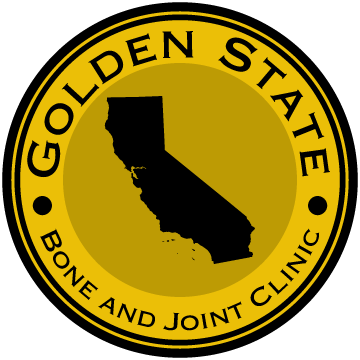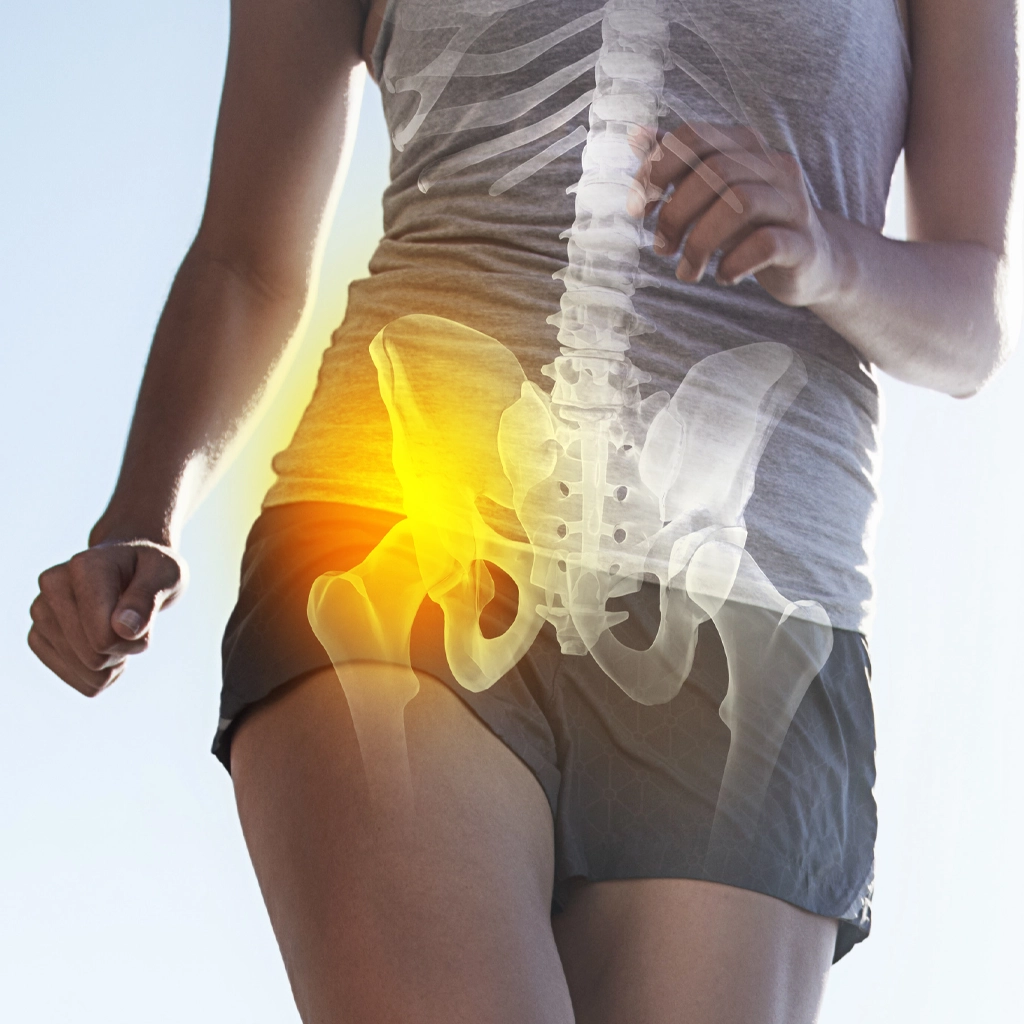Osteotomy
An osteotomy is a surgical procedure to reshape the hip bone and surrounding cartilage to make it stronger. Its primary purpose is to replace weak cartilage with strong cartilage so that the hip can better handle weight-bearing activities. For some patients, a hip osteotomy may be an alternative to hip replacement surgery.
Hip Pointer
Often the result of trauma to the hip, such as a hard fall, a hip pointer is a deep bruise to the area of the hip bone known as the iliac crest. It is a common injury for athletes who play contact sports, such as football and hockey. In most cases, rest, icing the injury, pain medication and physical therapy will heal a hip pointer.
Hip Replacement
When the hip joint is very damaged or worn-out, it can be replaced with an artificial joint to help restore mobility and eliminate pain. During the surgery, the damaged bones are first removed, and then a special metal implant—sized specifically for the patient—is inserted. The most common reason for replacement surgery is osteoarthritis.


